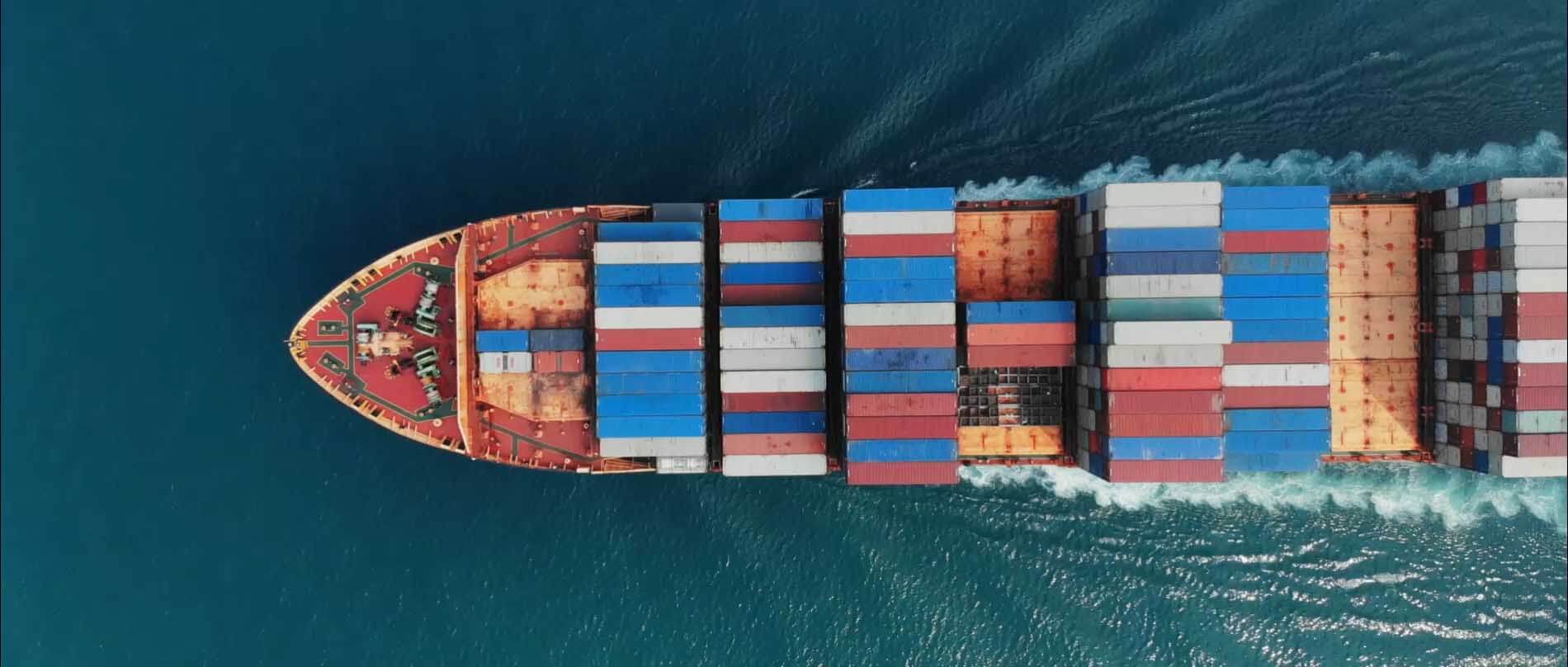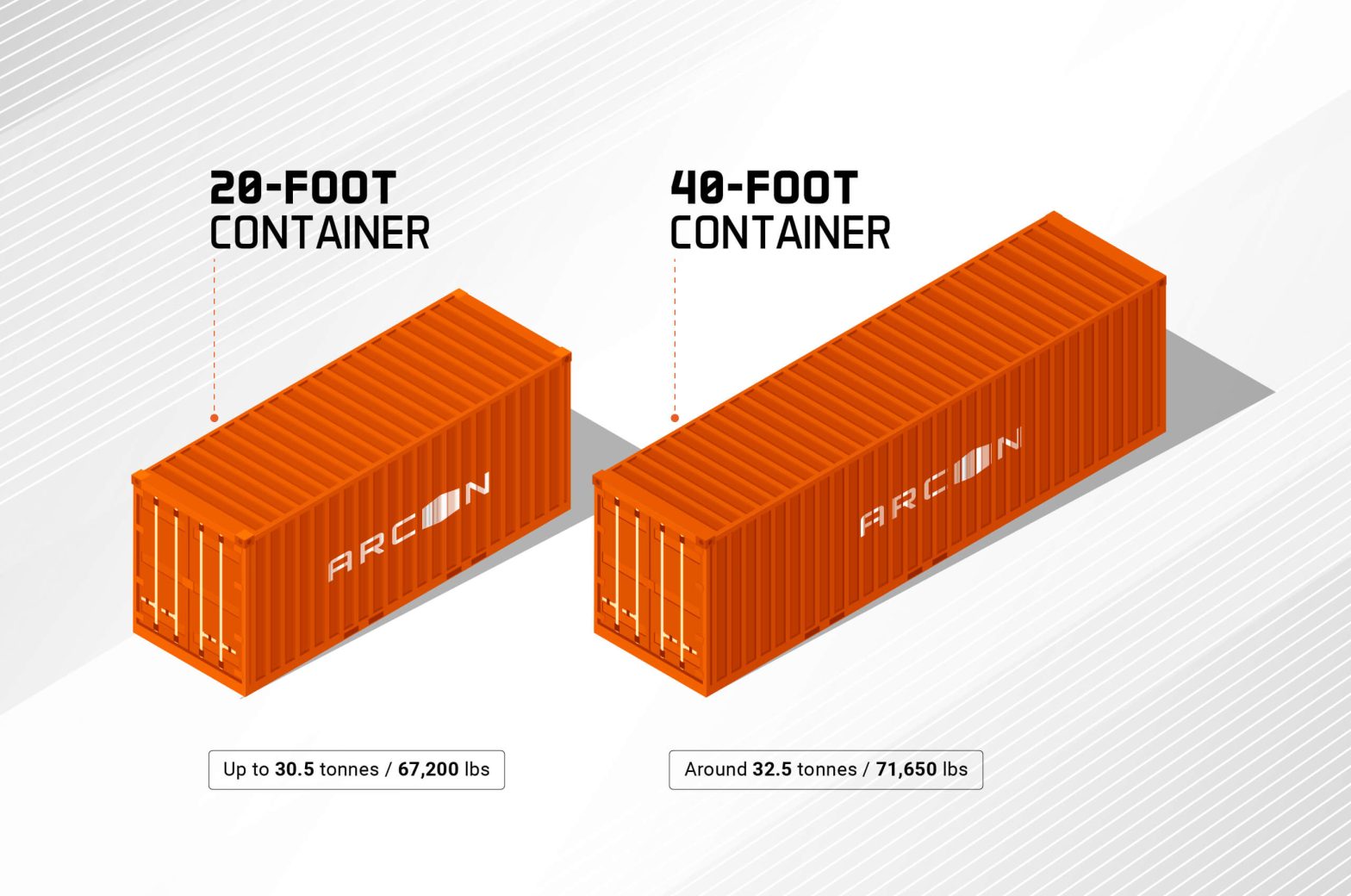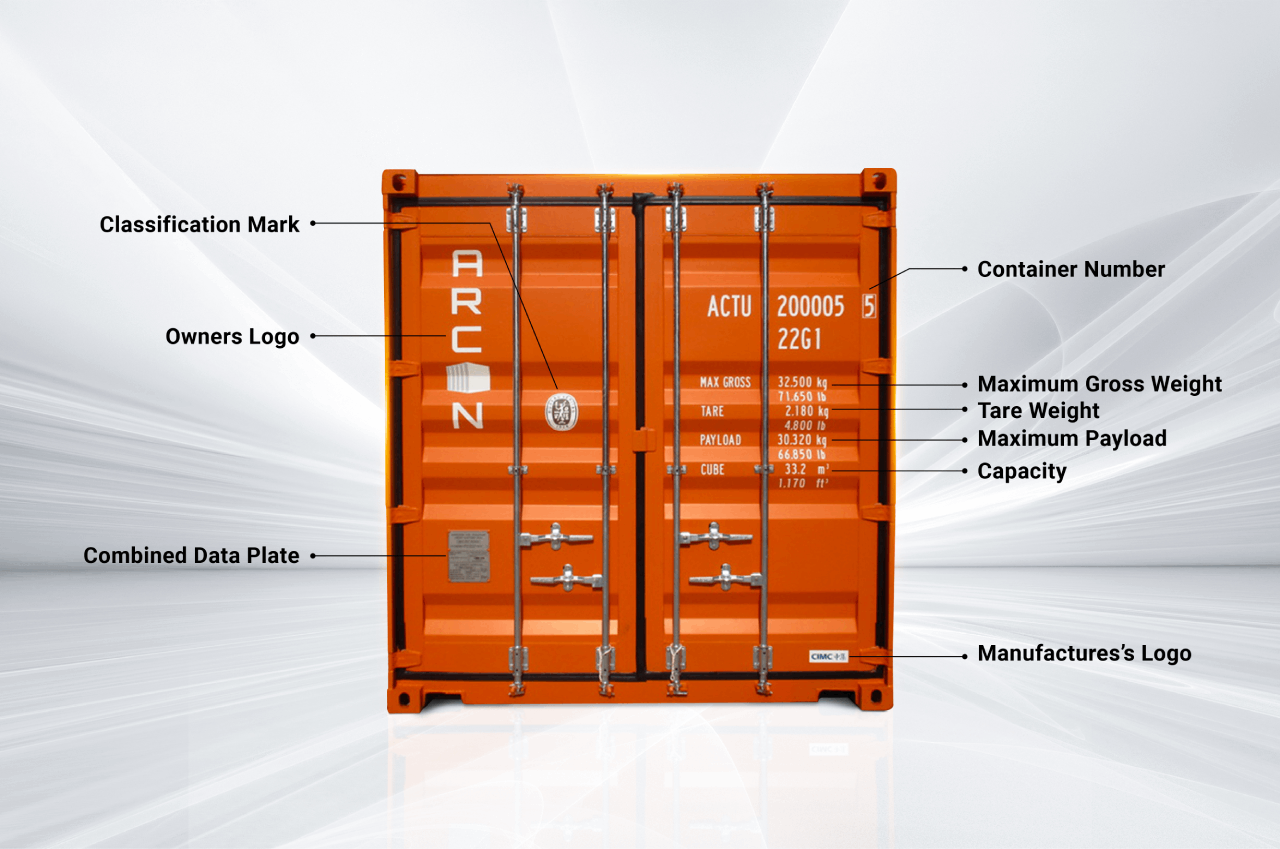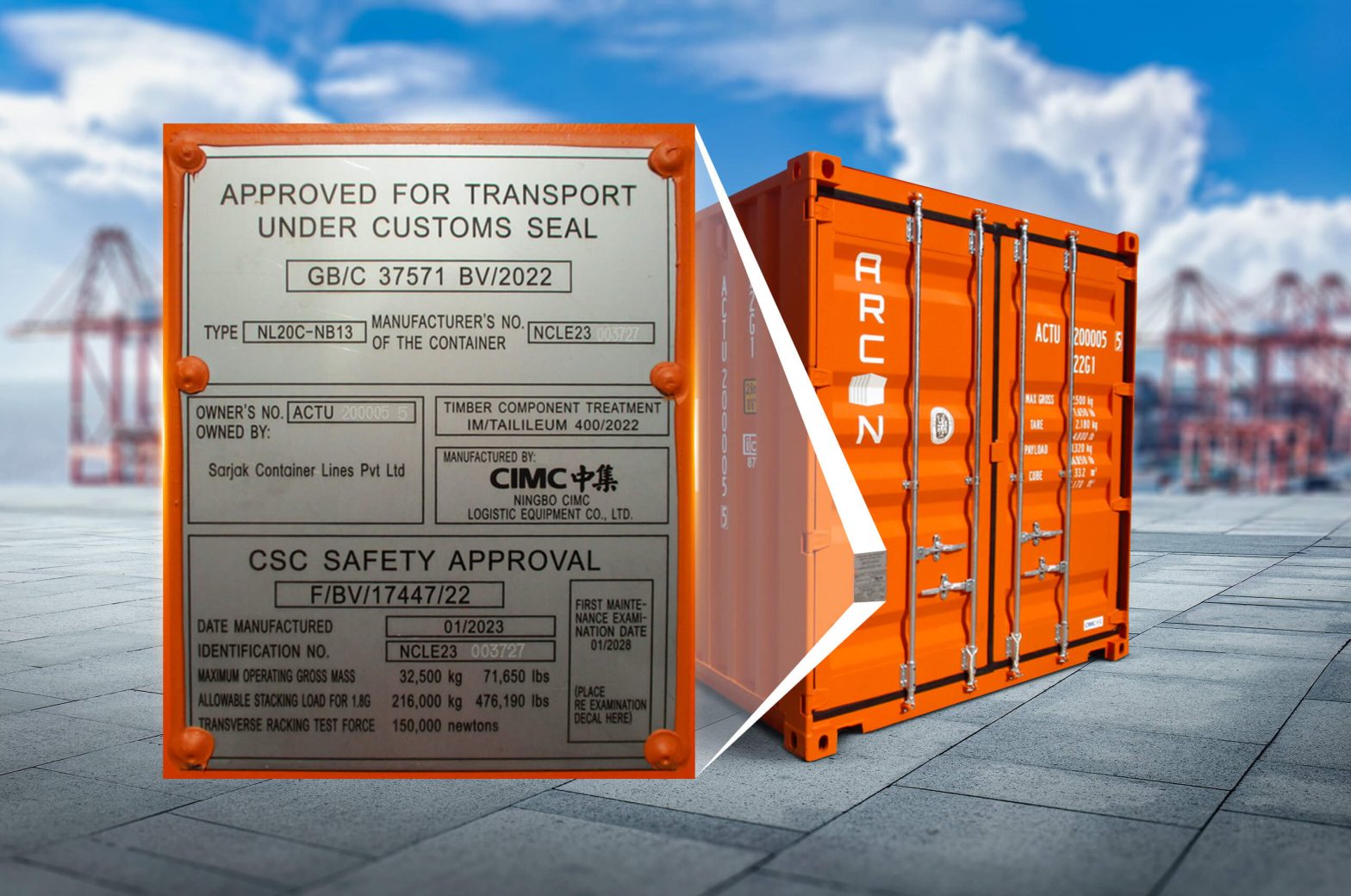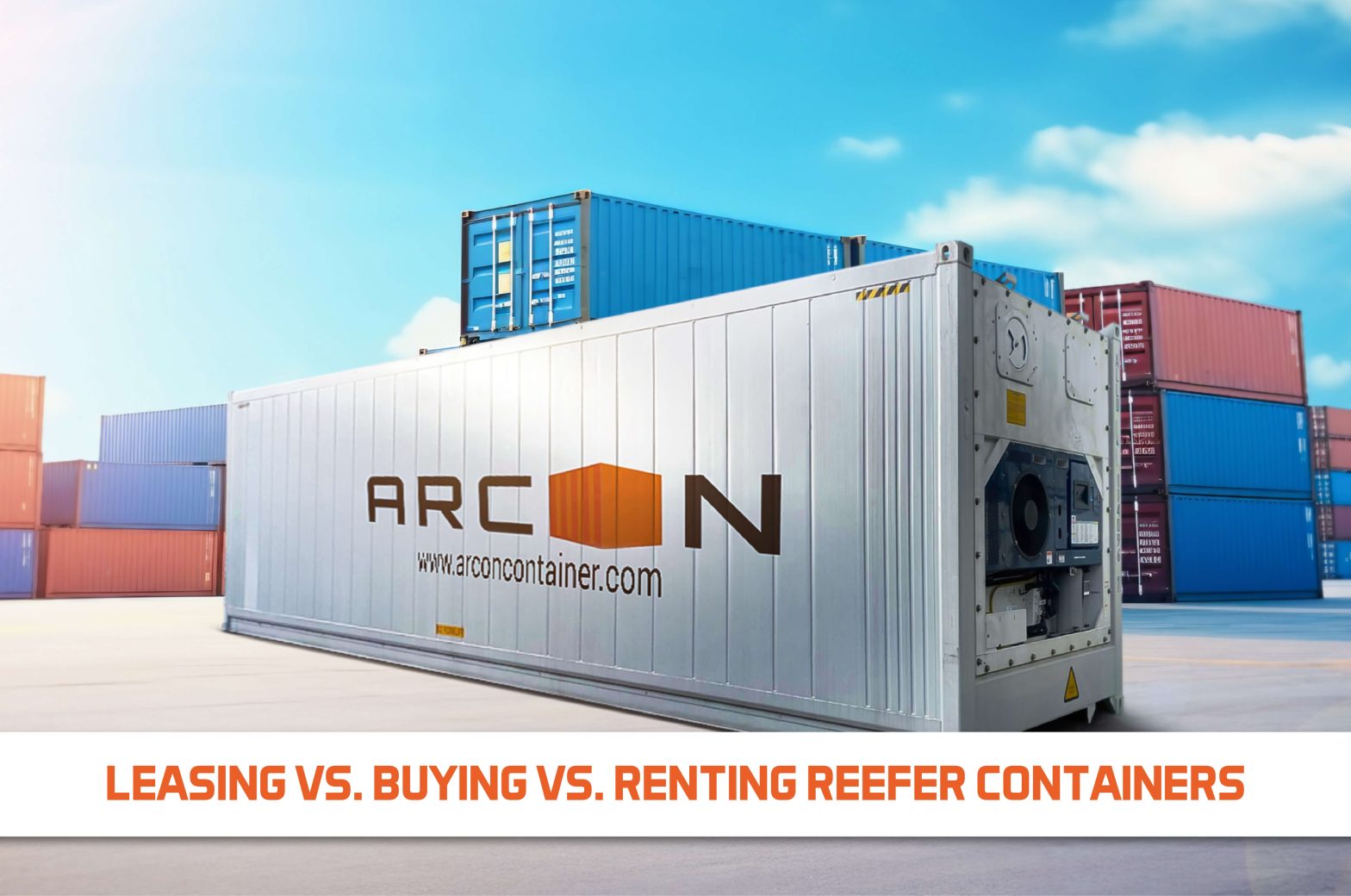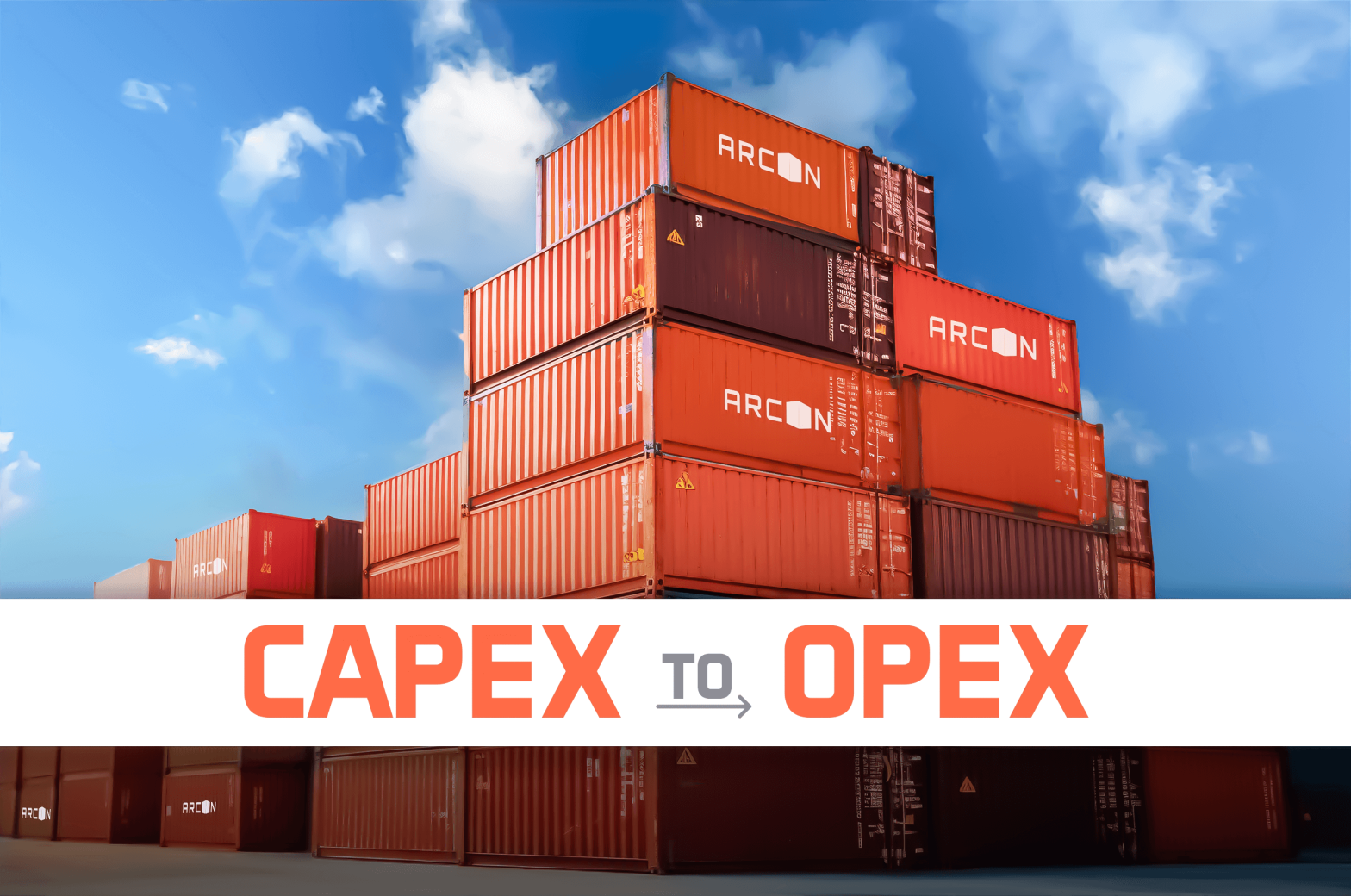While driving on highways or near ports, you must have seen trucks loaded with Containers of different types, sizes, colours and brands. Have this question ever crossed your mind that how many such sizes and types of containers do exist? Let’s clear this out in today’s blog.

In 1956, Malcom Mclean, a US trucker, first designed and patented the idea. These newly invented containers opened a flurry of opportunities for logistics due to less turnaround time, reduced operational cost, smoother cargo handling and theft- proof mechanism.
Until McLean’s idea hit the deck, the cargo was transported around the world in all sorts of shapes and sizes such as in barrels, boxes, bags, crates and drums making it extremely difficult to transport efficiently in terms of space as well as to load and unload.
In 1958, IMO (International Maritime Organization) was set-up with a vision to streamline, standardize the global shipping in context of international framework.
ISO (International Organization for Standardization) standards for containers were published between 1968 and 1970 by the IMO which laid strict policies for uniformity in the size, shapes, materials, and safety norms, structure of the container to smoothly transport and handle them between different modes of transport: rail, road and sea.
95% of global container fleet are ISO Containers and hence in the rest of the blog, we will be talking about the ISO containers only.
So, what all sizes containers are available in?
In terms of length there are usually 3 types of containers:
| 20 Feet Containers |
| 40 Feet Containers |
| 45 Feet Containers |
As per industry nomenclature, 20 Fts=1 TEU (Twenty-foot equivalent unit) which makes 40 Fts= 2 TEUs.
Standardization of lengths made containers easy to stack on the top of each other in the depot, port, deck, rail etc. If you go into stats then 20& 40 Fts. constitute roughly more than 97% of global container fleet.
Similar to the length, the width and the height of the containers are also standard. All the ISO containers come 8 Fts. Wide and 8.5 feet tall. However, for height there are 9.5 ft. tall containers as well to accommodate extra volume.
| Length Options | 20 Fts, 40 Fts, 45 Fts. |
| Width Options | 8 Fts |
| Height Options | 8.5 Fts, 9.5 Fts. |
So, by now, we are well acquainted with the outer structure of the containers but as per the usage again there are distinct containers which could be broadly divided into 14 types.
General Purpose Containers
These are the most commonly used containers for the cargo which is dry and does not need any insulation, refrigeration.
These types of containers are usually made of steel or aluminum with rigid walls from all sides having one wall used for ease of access.
Available sizes (length x width x height):
– 20’ x 8’ x 8’6”
– 40’ x 8’ x 8’6”
High Cubes
Just like General purpose containers commonly known as GP or DRY VANS, the High cubes are closed from all end with a closed access from front side.
High Cube Containers are having same dimension as the GPs apart from 1 ft. additional Height which gives flexibility for the additional volume of cargo to be stored.
Available sizes (length x width x height):
– 20’ x 8’ x 9’6”
– 40’ x 8’ x 9’6”
Open Top
Heavier and over height cargo needs special attention in terms of loading and unloading. Open top containers are having open roofs which makes ease of packing. The open roofs later are closed with tarpaulin hence giving extra head room for the cargo.
In case of the extra high cargo, the cargo is lashed to the inner walls of the cargo for secure movement.
Available sizes (length x width x height):
– 20’ x 8’ x 8’6”
– 40’ x 8’ x 8’6”
– 40’ x 8’ x 9’6” (high cube)
Hard Top
Consider them as the Open tops with sliding roof, in which the top can be removed, good loaded and then the sliding roof can be packed in. This is a specialized variant of OPEN TOP meant for heavy cargo which finds it hard to be stored from the front door of the container.
Available sizes (length x width x height):
– 20’ x 8’ x 8’6”
– 40’ x 8’ x 8’6”
– 40’ x 8’ x 9’6” (high cube)
Flat Rack
Beyond Dimension cargo require beyond dimension containers. Remove the side walls, replace the wooden floor board with steel and replace the front and rear sides with bed posts which may or may not collapse as per the requirement and the flat racks are ready for you. Some call it platform containers as well.
Flat Rack, Flat Bed, Super Rack etc. are essentially the variants of FLAT RACKs which are meant to carry heavy commercial cargo which may be over height, over length, over width and requires strong lashing and choking to make sure the cargo remains steady during voyage.
Available sizes (length x width x height):
– 20’ x 8’ x As per requirement
– 40’ x 8’ x As per requirement
Reefer
“Refrigerated container,” commonly called as reefers are thermal, insulated units with compressors to heat/cool the container’s packaged cargo.
Consider it as a big mobile freeze which will keep your perishable, degradable, and temperature-sensitive cargo safe while they sail over sea, land and rail.
The walls of reefers usually contain polyurethane foam for efficient insulation. Many reefer containers also boast adjustable ventilation, allowing for better internal airflow.
These containers require to be stored near the electrical socket on/below the deck.
These containers are able to maintain the temperature in range of -35 degree Celsius to +35 degree Celsius irrespective of outside temperature.
These containers are used to carry meat, dairy products, fresh fruits, vegetables, medicines or any items whose lifespan is less and is temperature sensitive.
Available sizes (length x width x height):
– 20’ x 8’ x 8’6”
– 40’ x 8’ x 8’6”
– 40’ x 8’ x 9’6” (high cube)
ISO Tank
An ISO tank container is a cylindrical-shaped container used for storing and shipping hazardous and non-hazardous cargo e.g. Chemicals, gases, liquids. These are made out of stainless steel with insulation and a protective layer of aluminum or polyurethane.
A tank container can accommodate max of 28,000 liters and to make the thermo-expansion balance it should be filled somewhere between 80-95% for optimal handling.
To make the stacking easy, the cylindrical tanks are supported by steel frames and usually have a life span of 20-30 Years.
Available sizes
– 20’, 40’, 45’
Drums
As the name suggests, circular shipping containers, made from a choice of materials like steel, lightweight metals, fibre, hard plastic etc. are most suitable for bulk transport of liquid materials.
They are smaller in size but due to their shape, may need extra space on deck. Most of petro chemical products are shipped in drums.
Available sizes
– Custom
Insulated Containers
The thin wall of a standard dry container may be effected with external climate severely in hot summer days due to a lot of heat and severe cold in winter season.
An insulated container also prevent rainwater getting inside the container and minimize condensation especially at door opening area.
Insulated Containers are the shipping storage units that come with a regulated temperature control allowing them to maintain a higher temperature.
Usually Retail industry uses these sort of containers to ship materials like medicine, cereals and food items with relatively longer life span.
Available sizes
– 20’, 40’, Customized sizes
Swap Bodies
A swap body is a type of freight container used for road and rail transport. Folding legs under their frame is a typical characteristic of swap bodies. The size of these containers is standardized but they cannot be stacked which makes it difficult to be used for ocean transport. The swap body is also known as an interchangeable unit or exchangeable container.
Available sizes
–Class A: 40’/ 45’ long (maximum gross mass 34 tons)
– Class B: 30’ long
– Class C: 23’-25’ long (maximum gross mass 16 tons)
Tunnel Containers
Consider a general purpose container or a high cube with 2 way access i.e. front and rear both doors can be opened and cargo can be loaded/unloaded from them quickly.
These container provide ease of access, more convenient stuffing and destuffing and are suitable for the companies who have their cargo stored in small/mid-sized boxes or pallets.
Available sizes (length x width x height):
– 20’ x 8’ x 8’6”
– 40’ x 8’ x 8’6”
– 40’ x 8’ x 9’6” (high cubes)
Half Height Containers
When the cargo is very heavy, bulky but having a relatively shorter height, their center of mass and center of gravity tends to stay lower and hence Half Height containers are used to transport them, which are half the height of Open tops/ General purpose containers.
Certified to DNV 2.7-1 standards, these unit are designed with a door for easy access as well as internal lashing points, it can also be fitted with a tarpaulin to keep cargo immobile, secure and resistant to water and moisture.
These come with standard dimension along with some customized builds. Usually 10T and 13T payload options have a swing door, whereas the 16T payload option has a full-length removable side wall for ease of stuffing and destuffing.
Available sizes (length x width x height):
– 20’ x 8’ x 4’2”
Car Carriers
As the name suggests, these containers are used to transport Cars over long distances over rail and road. Usually 4-6 cars could fit in a 40ft container depending on the actual sizes of the cars.
However in exceptional cases, the car carrier containers are used to ship by sea also. Generally, RORO (Role on Roll off) shipping arrangements is made to move cars and other automobiles via sea route. Under a RORO shipping, vehicles are directly driven on to RORO vessel. RORO vessel saves time, cost and relatively easy from point of view of operations.
Available sizes: 20 Fts, 40 Fts
Special purpose Containers
As the name suggests, these containers are meant to serve the special purposes e.g. Military grade equipment carriage, security projects etc.
These containers are highly customized and have their materials, shapes designed as per their specific requirements.


